Finding the right talent for your team in a quick and efficient manner is a huge undertaking. Downloading stacks of CVs, wading through pages of work history and irrelevant responsibilities, keeping track of who applied for what and when. Sounds familiar?
Although hiring is a critical function, it takes away from the time that you are in the lab, reviewing pivotal results, or any one of a million other responsibilities you have in trying to bring new therapies to market faster. At Clora, we aim to make hiring as smooth as possible for you without sacrificing talent quality. A core concept in Clora’s streamlined process is something called a Proposal.
You can think of a proposal as a better, faster, and stronger resume. It is highly-tailored candidate information that is unique to each project you have, guaranteed to come from Clora’s network of top-tier talent, and presented in an easily readable format without losing critical details. We believe it can help make tough hiring decisions easier.
Instead of sending over a stack of resumes and leaving the burden on you to find a needle in a haystack, Clora will send proposals instead. Let’s take a closer look at what they are and how you can get the most use out of them.
Layout
When you first receive a proposal, it might look like a wall of text, but the layout is very simple. There are 6 sections to a proposal (as seen below) and each one contains independent groups of information.
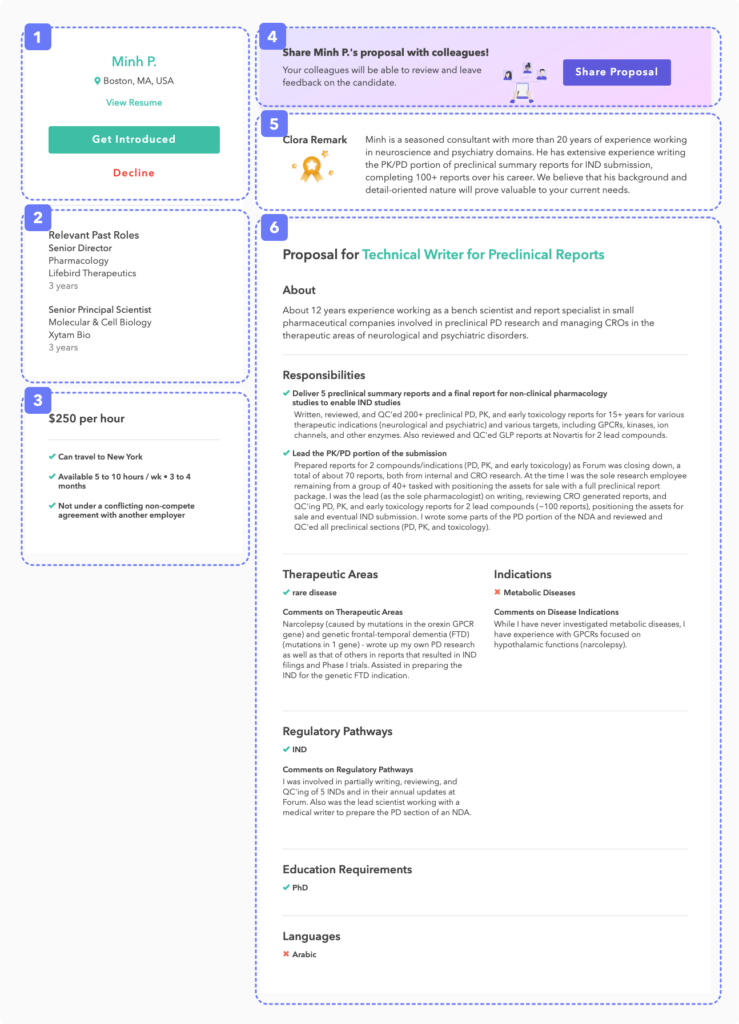
Section 1: Basic Info
This section contains basic information about the candidate: name, location, and a link to their resume for your convenience. Also here are the main actions you can take on this specific proposal. In the example below, you can choose to Get Introduced to the candidate or decline them if they’re not a fit.
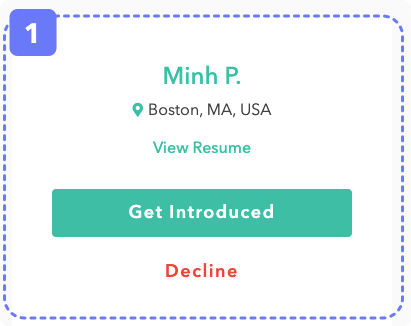
Section 2: Relevant Past Roles
One of the problems with a resume is that it can contain someone’s entire work history with a disregard for relevancy. In Section 2, we ensure to list only the ones that matter to your project. If you do want to learn about their complete history, we provide a link to their resume in Section 1.
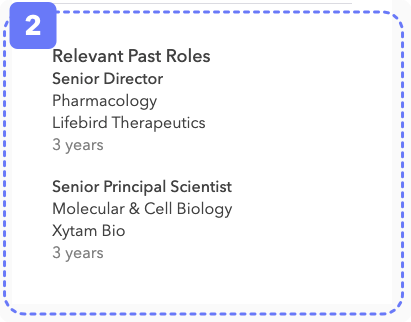
Section 3: Logistics
Section 3 contains answers to logistical details, such as hourly rate, travel arrangements, tax filings, etc. This section can serve as quick filters for you if there are any logistics that you cannot be flexible on, or if you are, then it provides quick insight into what areas you might have to negotiate.
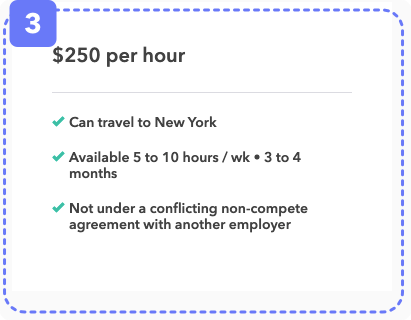
Section 4: The Details
Section 4 is the meat of the proposal. It contains highly detailed answers to everything you provided on the project form (the more in depth you are on the project, the higher the quality of the proposals!). At your fingertips are specific answers on how this candidate can meet your needs. It is neatly compartmentalized in sub-sections so you can always find what you’re looking for quickly.
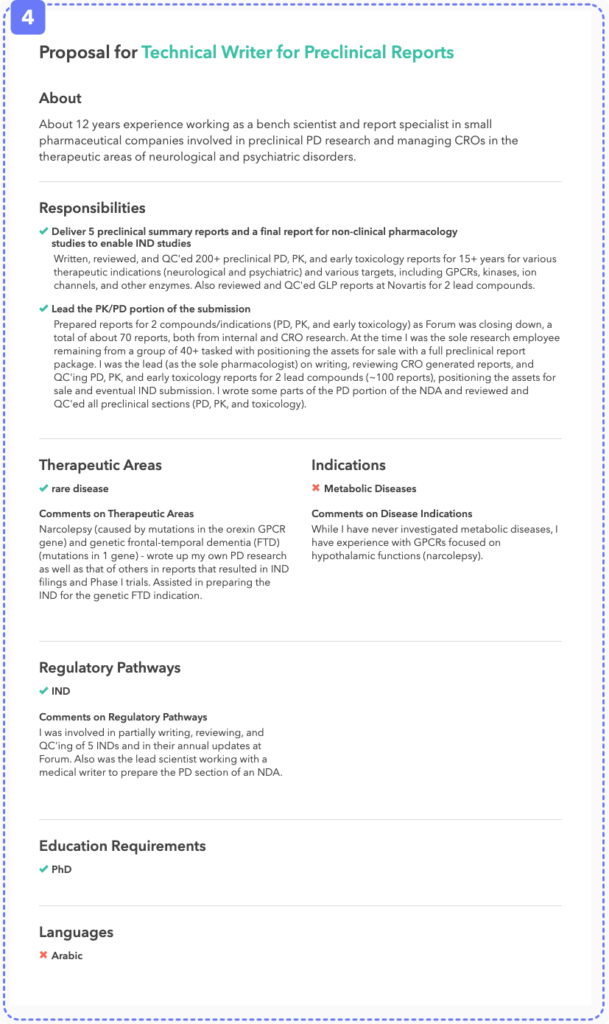
Section 5: Advisor Remark
At Clora, we are invested in helping you succeed, which is why the quality of candidates we send over is of the utmost importance to us. Every candidate we send over has been vetted by us and section 5 contains our thoughts on why Clora thinks this candidate is a match for you.
Section 6: Share Proposals
One really cool thing about proposals is that you can easily share it with your colleagues to help you make hiring decisions. People you share it with are able to leave feedback on the candidate and we collate and organize it right here for your convenience. More details on how to use this feature will be coming in a future blog post!

Sign up as an employer to start receiving proposals. If you have any questions, feedback, cool ideas, or just want to say hello, please reach out to us at hello@clora.com
